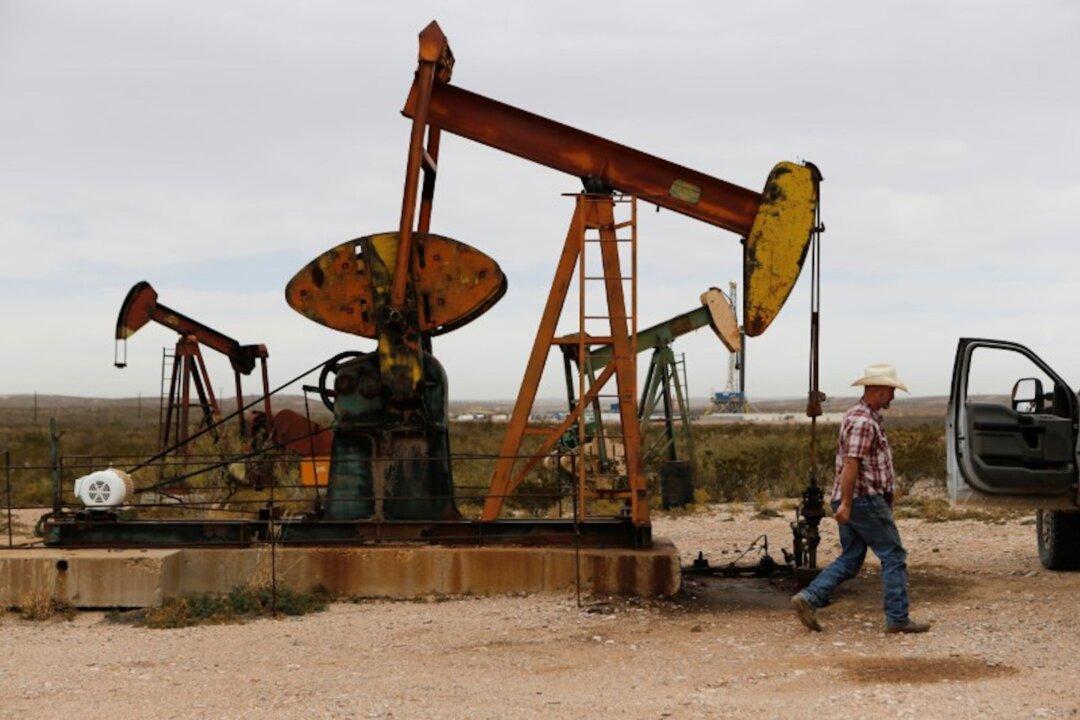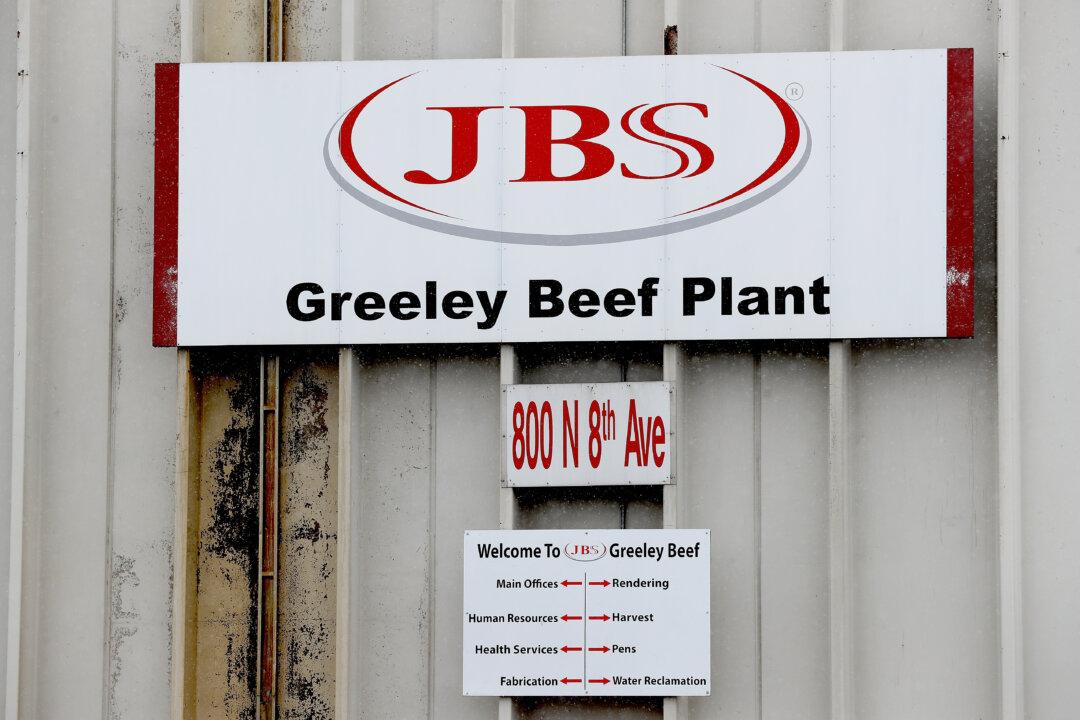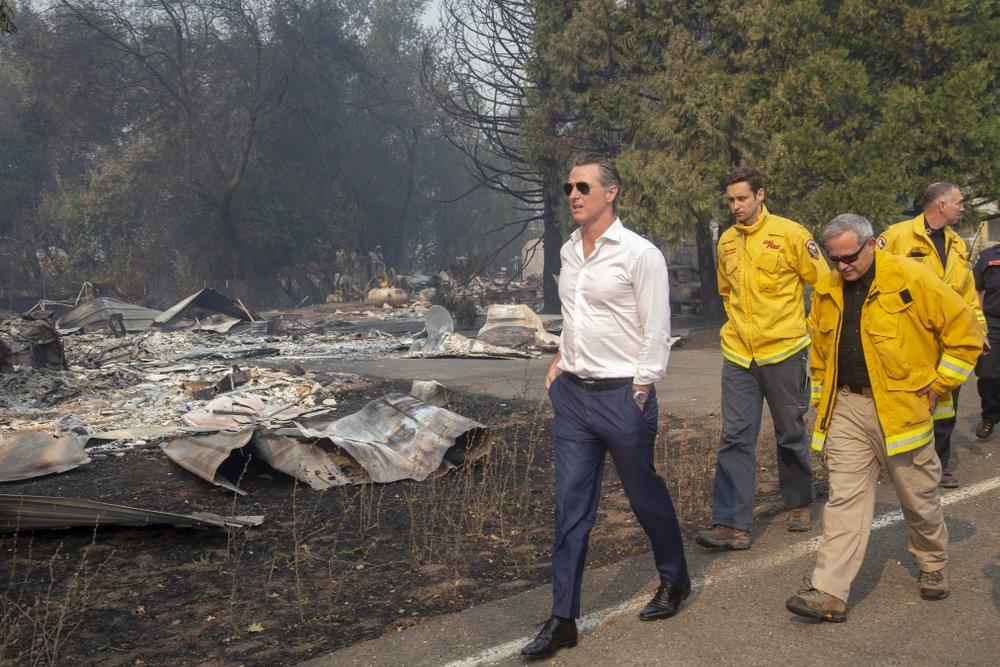Crude oil prices rallied by over 10 percent in Wednesday trading as U.S. crude storage builds grew more slowly than expected and gasoline drawdowns surprised analysts by increasing.
The rally in prices coupled with tentative indications of recovery in European physical oil markets boosted optimism that fuel consumption will recover as U.S. states and some European countries reopen their economies.





